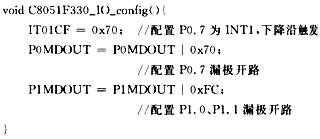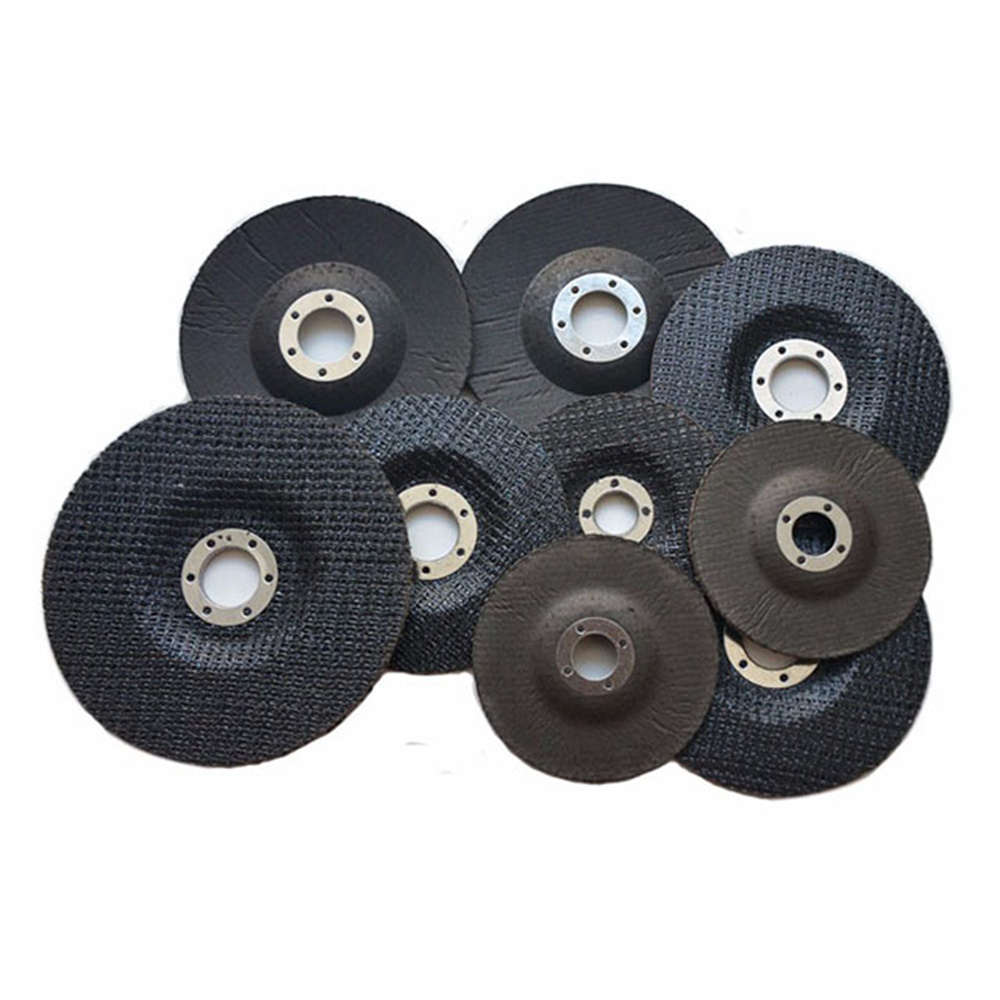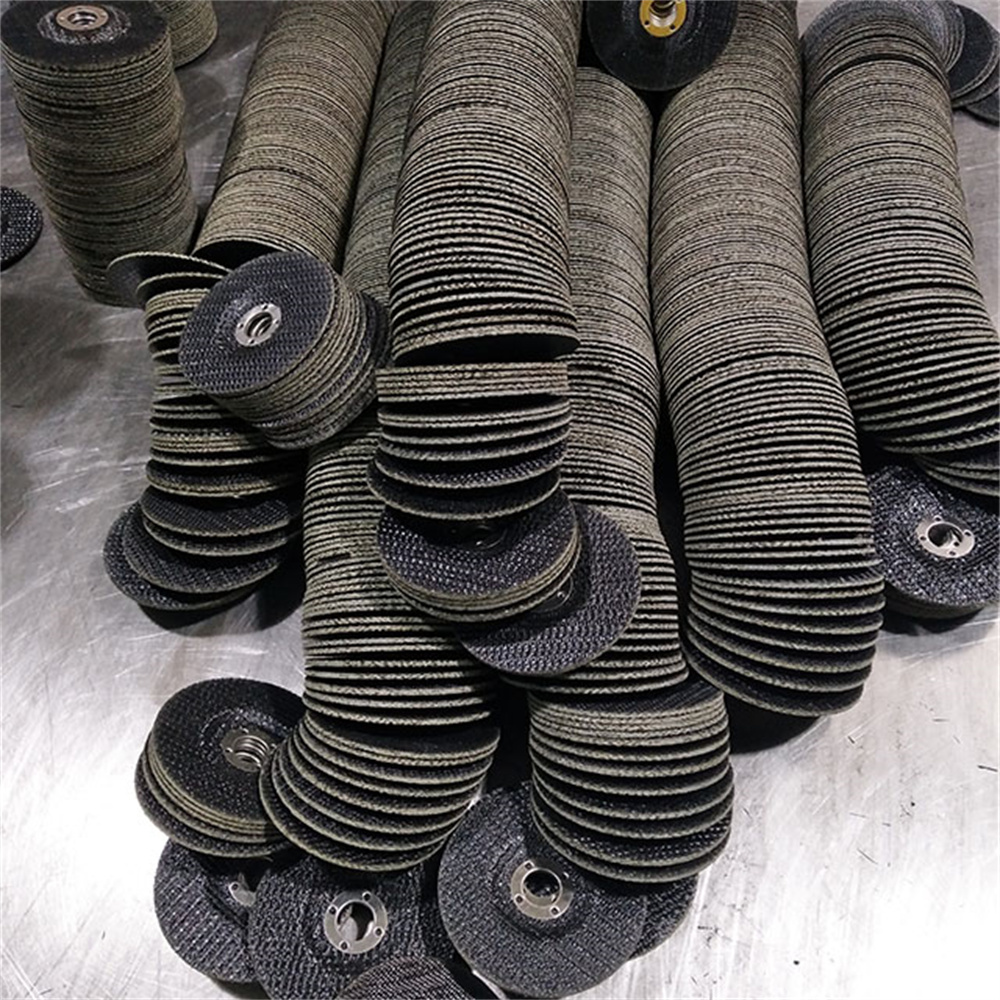Sulfur hexafluoride (SF6) is widely used in high voltage, large capacity, high parameter electrical equipment due to its good electrical properties and stable chemical structure. With the development of power systems towards large capacity and high parameters, SF6 high voltage circuit breakers have been widely used in power supply companies. Whether the state parameter of SF6 insulating gas is normal or not seriously affects the working performance of the circuit breaker. With the increasing number of SF6 high-voltage electrical appliances and the wide application of SF6 closed-type combined electrical systems, how to correctly carry out SF6 gas density monitoring is an urgent problem to be solved.
In response to various performance requirements of SF6 circuit breakers, the intelligent monitoring unit based on Cygnal's C8051F330 single-chip microcomputer is designed, and GE Nova Sensor's latest tire pressure monitoring system special chip NPX is a sensor chip to form a monitoring sub-machine to realize SF6. Measurement and calculation of three state parameters of insulation gas pressure, temperature and density. Through the RS485 bus, the monitoring system is composed of the PC and the multi-monitoring sub-machine, and the status of the sub-machine is queried and controlled by the background service program of the PC.
1 Monitoring sub-machine overall design
The overall design of the monitoring sub-machine is roughly composed of four parts: sensor module, main control module, LED display and relay control module and 485 bus transmission module. Since the sensor needs to be packaged inside the SF6 circuit breaker, the sensor part and the other three parts are respectively designed on two printed circuit boards, and the data is transmitted through the connection line.
The function of the sensor module is independently completed by one NPX, and its integrated microprocessor and pressure temperature sensor are integrated and powerful. The NPX measures, compensates, and calibrates the pressure and density of the SF6 gas and quantifies it into a digital signal that is transmitted to the MCU of the main control module. After receiving the data sent by NPX, the main control module processes and analyzes the data, then displays the data output, and controls the relay status and status indicator according to the analysis result. At the same time, the main control module is connected to the MAX485 through the optocoupler device and connected to the bus. The 485 bus transmission module can be used to query and control the monitoring sub-machine by using the background service program of the PC.
The sensor module and the main control module are the core parts of the whole system. The design of these two modules will be analyzed in detail below.
2 NPX chip introduction
In the sensor module, an NPX chip is used as a pressure and temperature sensor. The NPX-1 is the second generation TPMS (Automotive Tire Pressure Monitoring System) pressure sensor introduced by GE Nova Sensor in early 2004. It integrates an 8-bit RISC microprocessor (using Philips' CPUPCH7970), pressure sensor, temperature sensor, voltage sensor, low noise amplifier and 12-bit A/D converter; built-in RC oscillator provides system clock without external crystal Oscillator. The silicon piezoresistive pressure sensor uses a high-precision semiconductor resistance strain gauge to form a Wheatstone bridge as a force conversion measurement circuit, which has high measurement accuracy and low power consumption.
The measurement, compensation and calibration procedures for the pressure sensor are cured in NPX. Each NPX chip is manufactured at different temperatures (25°C and 75°C), different pressure points (O%, 50%, 100% of full scale) and different battery voltage points (2.3 V, 3) .1 V) Collect 12 sets of data, and calculate the compensation and calibration parameters in the NPX E2PROM after the calculation formula of GE Nova Sensor. During the measurement, the measured data is automatically calculated by the solidified pressure compensation calibration program to obtain an accurate measurement.
At the same time, NPX chips can work in extreme environments, such as high temperature (above 100 °C), low temperature (-40 °C), water vapor (low temperature condensate icing, NPX sensor has unique anti-condensation water icing function), vibration shock, etc. At the same time, NPX uses a built-in code to check the health of the sensor after each pressure measurement to ensure the credibility of the measurement results.
NPX embodies the perfect combination of traditional pressure sensors and microprocessor digital circuits, with unique advantages for TPMS applications, as well as for other types of engineering applications. In the design of the SF6 gas condition monitoring system, NPX meets the design requirements with its unique and excellent performance.
3 main control module and its interface design with NPX
3.1 main control module
The main control module consists of Cygnal C8051F330 microcontroller and power control circuit. C8051F330 is a mixed-signal SoC 8-bit MCU introduced by Cygnal Corporation of the United States. It is a highly integrated mixed-signal system-level chip. The C8051F330 with on-chip power-on reset, VDD monitor, watchdog timer, and clock oscillator is a system-on-a-chip system that works truly independently. Flash memory also has system reprogramming capabilities that can be used for non-volatile data storage and allows for field-updated 8051 firmware. User software does not have full control of all, and can shut down any or all of the peripherals to save power.
3.2 Interface design between main control module and NPX
The C8051F330 and NPX general-purpose I/Os operate at 3.3 V, so I/O can be used directly for data transfer. The design uses three pairs of I/O ports to complete communication between C8051F330 and NPX.
The communication process between NPX and C8051F330 is as follows: NPX's P11 is used as the total synchronization, and when there is no data transmission, it is at the high level, ready to transmit data to the PO of C8051F330. 7 pin sends a falling edge, triggers C8051F330 external interrupt 1, so that the MCU interrupt processing program receives NPX data; NPX P14 pin as bit synchronization, P15 pin as data transmission end, when receiving the bit synchronous output falling edge, MCU Read one bit of data from the data side.
NPX collects data once every 2 s and sends it to the main control module. The temperature and pressure are 8 bits each, plus 1 bit NPX status flag. A total of 17 bits of data need to be transmitted.
The I/O port that the C8051F330 communicates with the NPX needs to be configured as follows:
 |
|---|
PO of C8051F330 After receiving the falling edge of the NPX transmission, pin 7 jumps to the interrupt subroutine of external interrupt 1. In the interrupt subroutine, the timer O timing is turned on, and a variable unsigned char bit_cntr is defined to calculate the number of bits of the read data. When the P1.0 pin receives a falling edge, the microcontroller reads 1 bit of data from the P1.1 pin, and bit_cntr adds 1. When the value of bit_cntr is 17, it indicates that the data has been received. The flag bit Data_Flag informs the main program to receive the data, and closes the timer 0 to exit the interrupt subroutine. If the NPX makes an error while transmitting the data, the transmitted data is less than 17 bits. In this case, Timer 0 will count to overflow, and the program will clear the flag Data_Flag after the Timer 0 overflow, and exit the interrupt subroutine.
4 system data processing
After obtaining the data from NPX, the system needs to process it, and calculate and judge whether the current SF6 gas leaks through the received temperature and pressure data. In practical engineering applications, the pressure of the standard SF6 gas at 20 ° C is generally given as a reference standard, so the main control module must convert the obtained data into a pressure at 20 ° C. There are generally three ways to process the data:
1 using the look-up table method. Some manufacturers make the relationship between SF6 gas pressure and temperature for user's inspection, which seems to be more convenient to use; however, for the temperature and pressure values ​​not listed in the table, the interpolation method should be used. Obviously, there are certain errors in using the predetermined table to determine the pressure at different temperatures, but it can still meet the requirements in engineering. The biggest disadvantage of this method is that it requires a large amount of storage space to store table data of pressure and temperature.
2 Calculate the pressure temperature coefficient according to the ideal gas treatment. For reference, the treatment and calculation are performed on the ideal gas, in which case the equation of state PV = RT can be used. For example, for a high-voltage SF6 circuit breaker with a rated pressure of 0.7 MPa (absolute pressure) at 20 ° C, there is the following formula: P = O. 7T/(273+20). Due to the fact that SF6 is a non-ideal gas in practical engineering applications, the error obtained by this treatment is relatively large. The greater the rated pressure of the gas, the greater the error in the temperature coefficient of the pressure obtained after idealization.
3 Process the data according to the empirical formula. To calculate the state parameters of SF6 gas more accurately, some empirical formulas are available. Typical examples are the Beattie-Bridgman empirical formula:
P=(R×T×BA)×C2+R×T×C (1)
Where: P is the absolute pressure, bar (1Pa = 10 -5 bar);
C is density, kg/m 3 ;
T is the absolute temperature, K;
A=73.882×10-5+5.132 105×lO-7×C;
B=2.506 95×10-3—2.122 38×10-6×C;
R = 56.950 2 × 10 -5 (bar × m3 / K).
The Beattie-Bridgman formula is the closest to the actual value and the smallest error in all processing methods. Therefore, it is used for data processing. Construct the equations for P, T, and C as follows:
f(P,R,C)=(R?T?B—A)?C 2 +R?T?C—P (2)
It can be seen from the formulas (1) and (2) that after determining the pressure P and the temperature T, the density C of the SF6 gas at this time can be obtained only by solving a cubic equation. Since it is a cubic equation, the Newton iteration method is used to solve the programming calculation to ensure that the truncation error is as small as possible. After calculating the density of the SF6 gas, let T=20+273, and then calculate the pressure P20 of the current SF6 gas at 20 ° C by the formula (1). (Software implementation program slightly - editor's note)
The unit of pressure P in the program is kPa. The main control module determines whether the current gas leaks according to the corresponding pressure and the given standard value of the current gas at 20 ° C, and then controls the state of the relay and the status indicator according to the judgment result.
Conclusion
After actual detection, the SF6 gas condition monitoring system can accurately sample the pressure and temperature signals. In particular, the high-performance numerical analysis algorithm-Newton iteration method is adopted to realize high-precision density calculation, which ensures the accuracy of monitoring data effectively, stably and reliably.
In addition, the NPX chip used in this system represents the perfect combination of traditional pressure sensors and micro-processing digital circuits. It has a convenient interface with the Cygnal MCU and has a wide range of application values.
(Wu Junjian Yang Liming Lu Yimin)
references:
[1]. C8051F330 datasheet http://
[2]. RS485 datasheet http://
[3]. MAX485 datasheet http://
[4]. RISC datasheet http://
[5]. P11 datasheet http://
[6]. P15 datasheet http://
:
Fiberglass Backing Pad is mainly used for making flap discs, Clean And Strip Disc, wool felt disc, non woven flap discs, diamond Flap Disc and other abrasive discs
Flap disc backing pad Type: T-27 – Flat shape, T-29 – Conical or Tapered shape
Flap disc backing plate Material: Best quality fiberglass farbic, Excellent phenolic resin, Galvanized metal rings, Backing Flap disc nylon pad surface: Black paper or non-woven cloth
Advantanges:
1. All raw material are adopted with good quality, best quality fiberglass fabric, phenolic resin.
2. From 75~220mm various sepcification of fiberglass backing plate products are available here.
3. For your different requirement, we have diferent layer, shape products for your requirement.
4. Suitable for flap disc, flet disc, clean & strip disc, non-woven flap disc and so on.
Features:
1. High Quality Fiberglass Cloth with Phenolic Resin
2. High-strength fiberglass cloth with good flexibility, light-weight
3. Excellent bonding property and heat resistance
4. Strict detection, full inspection and random testing before shipping
Packing :
For regular order, we packed 100pcs/shrink and 1000pcs/carton, 30cartons on a pallet with plastic fully shrinked outside to avoid moisture.
But we can offer special packing as per customer's needs.
For fiberglass backing pad, the related products we supply is Abrasive Flap Disc , Flap Disc Adhesive , clean and strip disc, nylon fllap wheels, Bonded Abrasives , and Surface Conditioning Product, this is also our main best selling goods all over the world.


Flap Disc Backing Pad,Flap Disc Backing,Flap Disc Nylon Pad,Nylon Fiber Backing Pad,Plastic backing plate for flap disc
Zhengzhou Jiading Abrasive Manufacturing Co.,Ltd , https://www.jiadingabrasive.com
